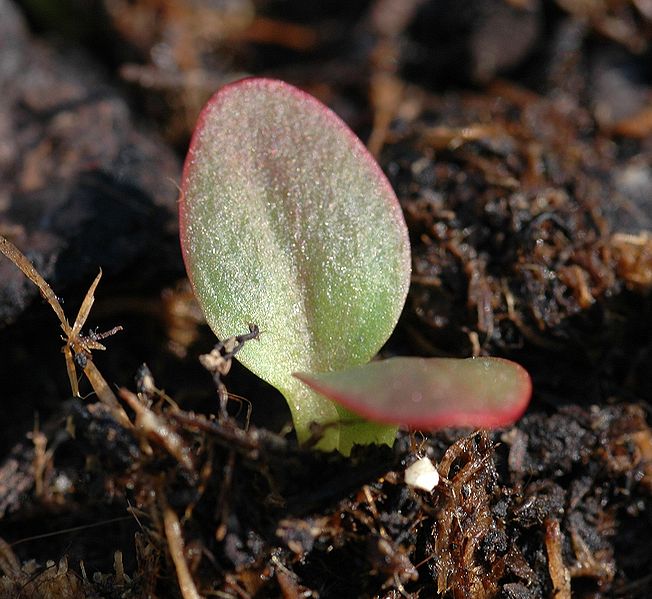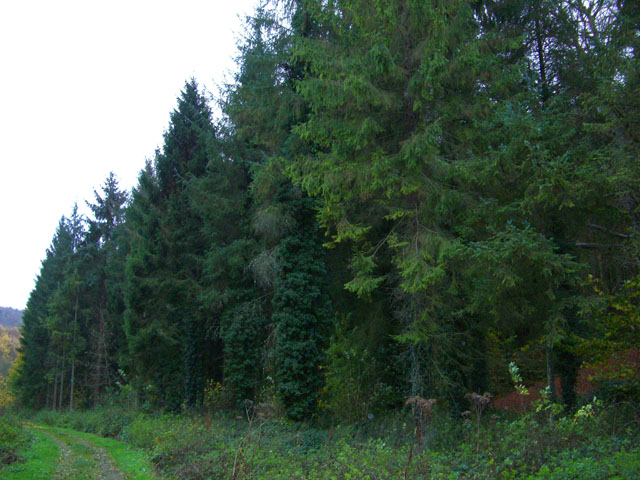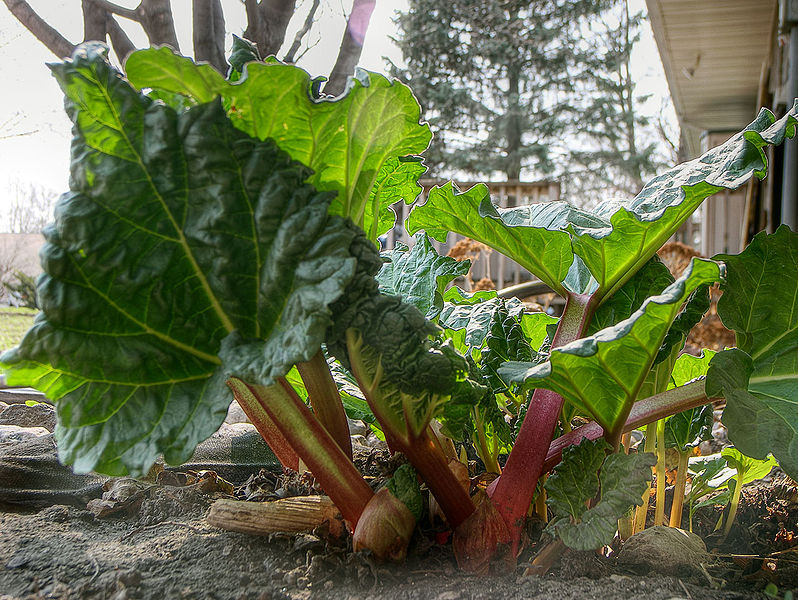Habitat
Rhubarb has been found in several different
continents and countries since it has first been discovered.
Take a look at the
facts to learn a little more about its history!

The map of the world to the right shows the continents and countries where rhubarb is, or was at one point, most prevalent. First being discovered in Asia, specifically in China.
Rhubarb is a cool season perennial, meaning that it will come up every spring without having to be seeded. For this reason, it requires ideal temperatures for both dormancy (when there is no growth) and growth. Dormancy takes place in the winter months and growth begins in the spring and continues throughout the summer months (April to September). Ideal temperatures for dormancy are below 40°F (5°C). In order for rhubarb to break dormancy and begin growth, temperatures need to average below 75°F (24°C) and not exceed 90°F (32°C).
The picture to the left is grown in ideal temperatures and was able to break dormancy in the spring. If you look close to the ground, you can see the new growths emerging and forming the leaves and stalks.

The picture to the right is of a new rhubarb plant sprouting from the ground in the spring.
Because there are such specific temperatures required for dormancy and growth of rhubarb, it only grows well in certain areas of the United States. Canada and the Northern states, from Illinois north to Maine and west to Washington, have ideal conditions for successful rhubarb growth.
The Southern states do not have ideal conditions for rhubarb growth because of the hot and dry summers. Rhubarb will wilt very easily in hot climates (above 90°F) and will produce very wimpy stalks, if there is any growth at all.
Some other organisms that live in the same type of environment as rhubarb are strawberries, evergreens, daffodils, and bleeding hearts.



Continue on to Adaptation.
Go to Home. Go to Multiple Organisms. Go to UW-La Crosse.
